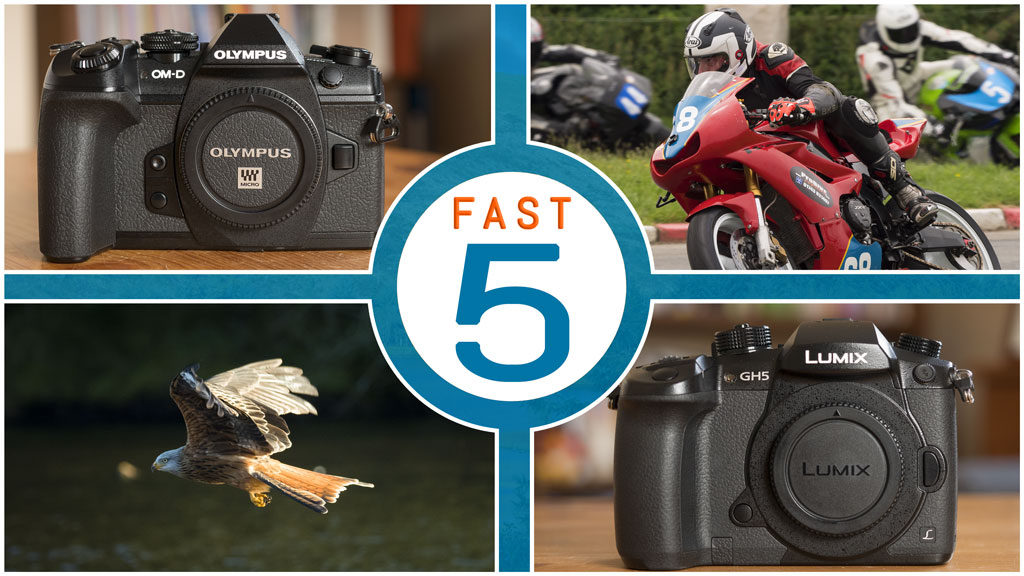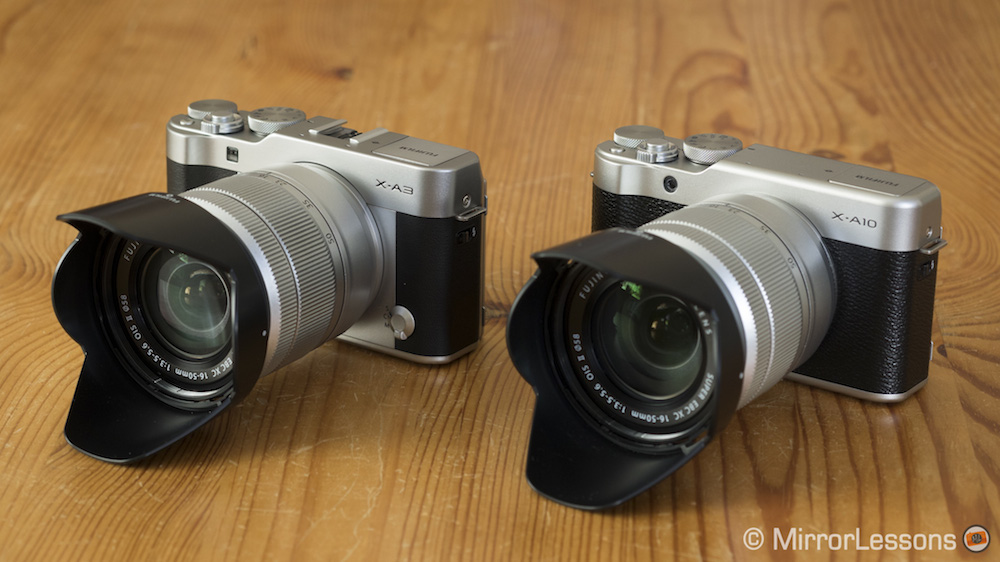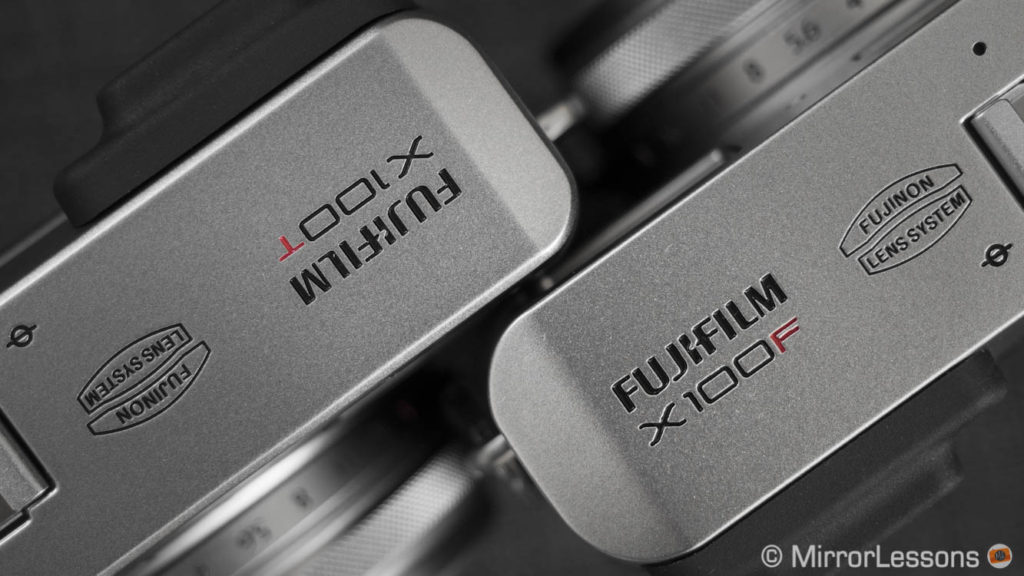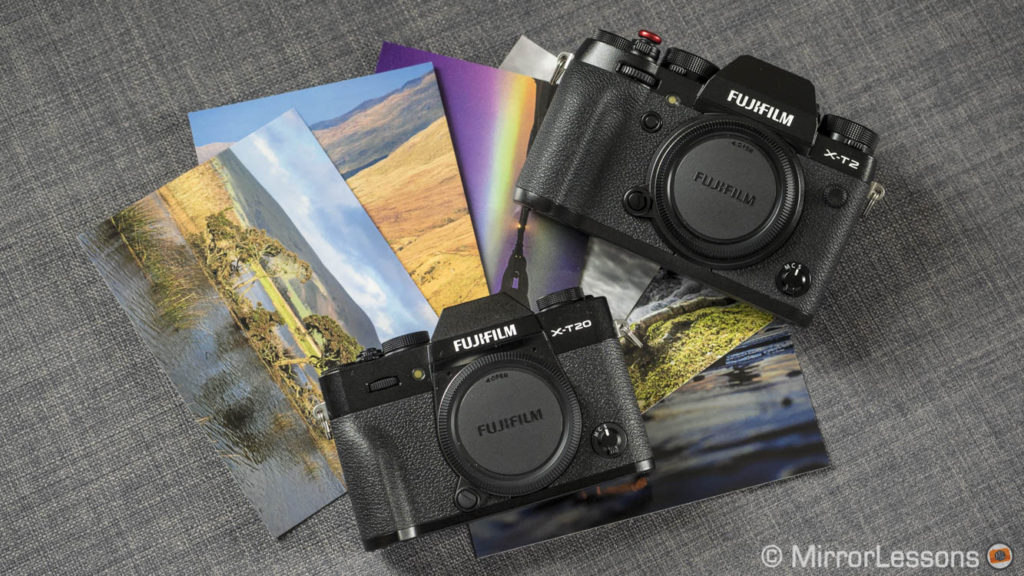Updated on: October 30th, 2018
Three years ago, the Olympus OM-D E-M1 and Panasonic Lumix GH4 set a new standard, not only for the Micro Four Thirds segment but for the mirrorless market as well. They introduced a number of innovations that had never before been seen on a consumer product, but even more importantly, they proved to the masses that a compact system camera had the potential to be a professional tool. The OM-D E-M1 mark II and Lumix GH5, released in late 2016 / early 2017, are the culmination of that potential.







